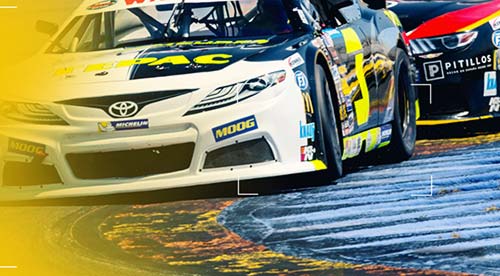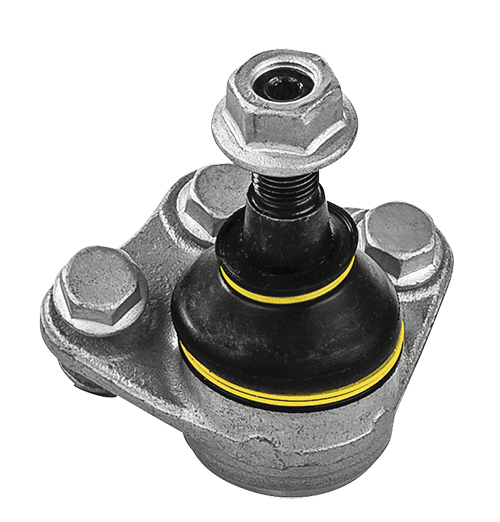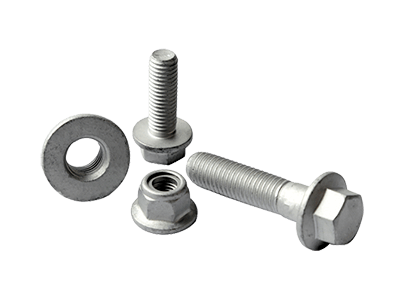Steering principles for bikes
Steering is crucial to bike stability. If the steering is locked in any way, it becomes virtually impossible to balance while riding. But it’s not the only factor that influences stability. The bike’s design also plays a role. For example, a customised chopper with its front wheel far in front of the saddle is more stable than a high-steer chopper with its front wheel directly under the handlebars. Both of these are a lot more stable than an extremely manoeuvrable unicycle. The distribution of mass in the steering mechanism (front wheel, fork and handlebars) also contributes to stability. This can be seen in the three types of bikes just discussed. If the centre of mass for the steering mechanism is in front of the steering axis, then the pull of gravity will cause the front wheel to steer in the direction of the lean. In other words, the position of the customised chopper’s front wheel moves the centre of mass back, increasing stability. To steer a bike around a bend, the cyclist starts by counter-steering. In other words, the cyclist first has to steer in the opposite direction before using the handlebars to turn the front wheel in the direction they want to go in. Friction between the wheels and the ground generates the centripetal acceleration necessary to turn, this is a combination of cornering force and camber thrust. However, unlike in cars, the cyclist and the bike must lean during the turn to balance the relevant forces (gravitational, inertial, frictional and ground support).
Steering principles for cars
Steering in a car means moving the steering wheel so the wheels point in the direction you want to travel in. Depending on how your wheels are orientated (i.e. camber, caster and toe), your car will feel more (or less) stable as you steer around corners and bends. As a quick reminder, changes in camber influence grip on the road, caster stabilises the car when going fast and toe impacts cornering ability. When talking about steering principles, it’s important to focus on the combination of camber and caster. Caster, the angle that the wheel assembly pivots to the vertical, is usually 3-6° positive in a street car. It can be adjusted in either direction to give a similar effect to moving the centre of mass for the steering mechanism on a bike forward or backward. This is because changing your caster angle also changes your camber angle resulting in a better (or worse) grip as you turn into bends. Additionally, the adjusted caster means your camber measurements are better (or worse) for driving in a straight line, causing (more or) less wear on your tyres.
The content contained in this article is for entertainment and informational purposes only and should not be used in lieu of seeking professional advice from a certified technician or mechanic. We encourage you to consult with a certified technician or mechanic if you have specific questions or concerns relating to any of the topics covered herein. Under no circumstances will we be liable for any loss or damage caused by your reliance on any content.




